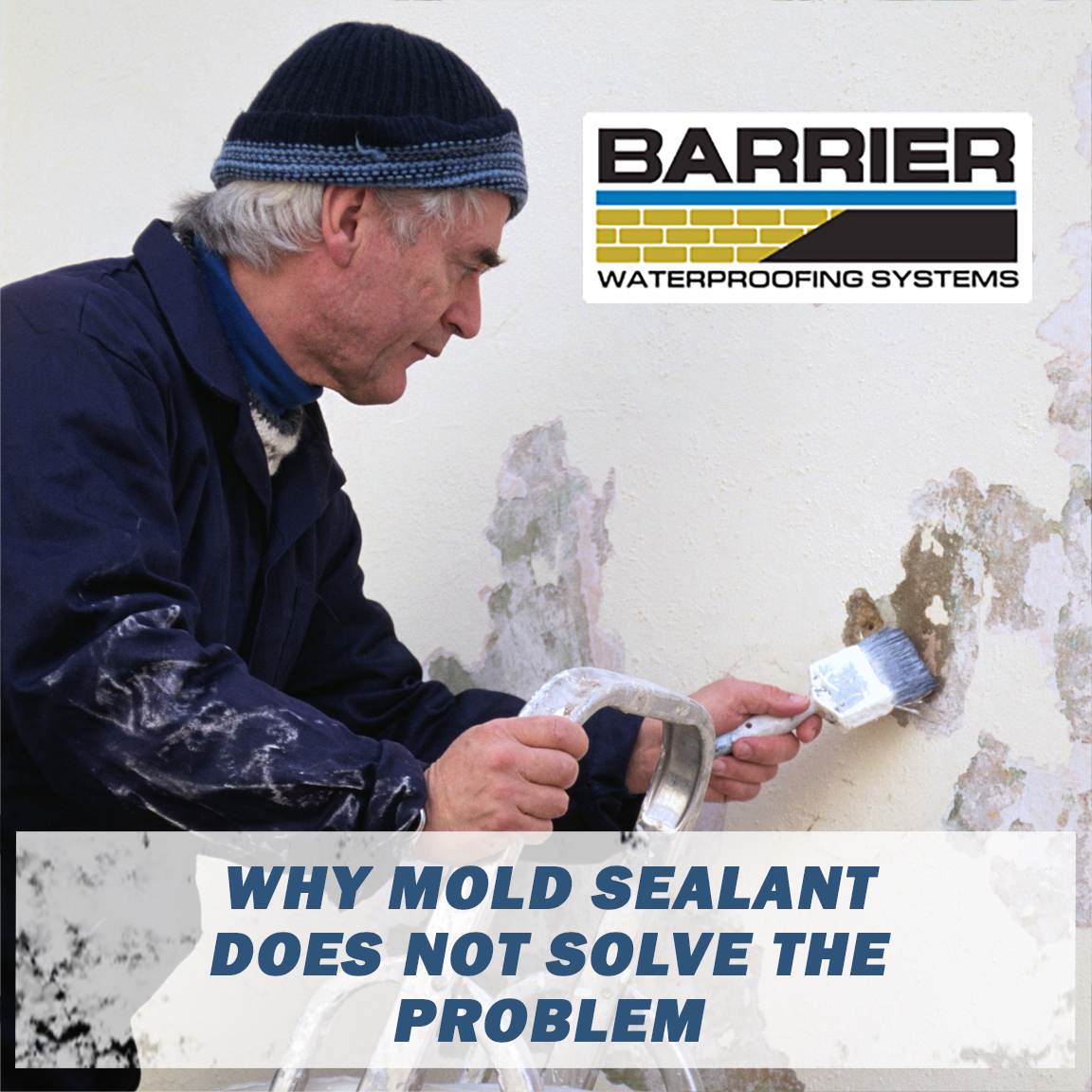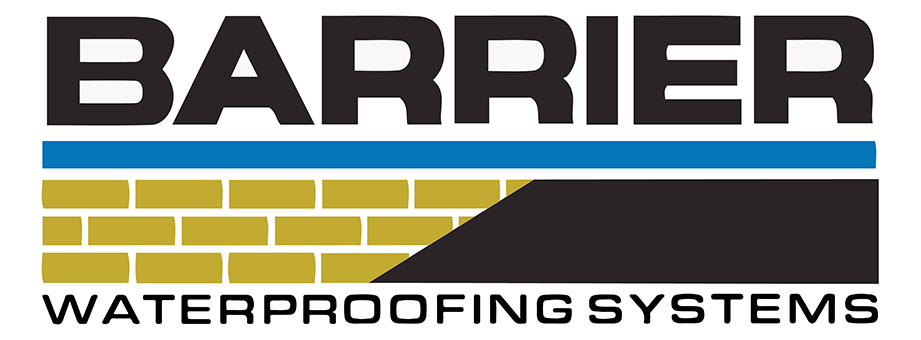A mold infestation is a major-league nuisance that can cause a lot of damage to not only your home but your health as well. It leads to discoloration of the areas it infests, which can ruin your home’s appeal and cause allergic reactions such as sneezing and other more serve effects that may land you in the hospital. For this reason, it’s important to inspect your house for mold growth every once in a while and get the problem addressed immediately.
One of the most commonly used mold removal methods is using a mold sealant. A mold sealant is a paint-like substance designed to prevent mold from growing or spreading. It’s easy to use a sealant as all you have to do is coat the infested surface with it. This makes it a popular option among DIY-enthusiasts. But is it all that effective?
Long story short, mold sealant should not be your go-to method of mold remediation. Consider this, with a sealant, you are literally just covering up the problem, and the mold could bleed through the coated surface. Besides, a sealant may prove unfriendly to you if you have chemical sensitivity. This is why it’s recommended that mold encapsulation shouldn’t be used as the only remediation method.
A mold sealant is most appropriate if you have an infested surface that can not be replaced or if you suspect that the moisture issue might not have been addressed properly. Even then, it is often used alongside other methods of mold growth removal.
What are the alternatives?
The best way to future-proof yourself against mold growth is by hiring a professional mold removal company. Removing mold carries some risks, and a professional is better suited to perform the task having not only the tools and equipment but also the knowledge and training to effectively get rid of mold.

